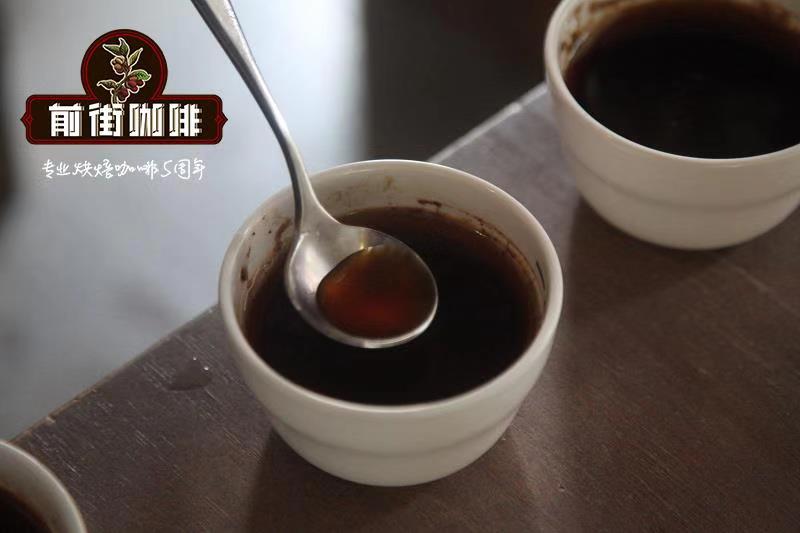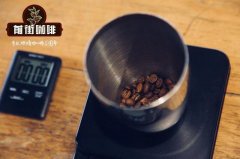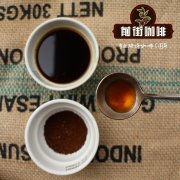Which of the best coffee brands in Colombia tastes better?

Professional coffee knowledge exchange more coffee bean information please follow the coffee workshop (Wechat official account cafe_style)
Qianjie-Columbia Coffee Brand-brief introduction of Huilan producing area
Colombian coffee is one of the few individual coffees sold in the world under the name of the country. In terms of overall quality, it has won praise unmatched by other coffee. Compared with other producing countries, Colombia is more concerned with developing products and promoting production. It is this, coupled with its superior geographical and climatic conditions, that makes Colombian coffee excellent in quality and delicious and famous all over the world.
Colombian coffee is very regional, and the country's coffee-producing areas are located in the Andes, where the climate is mild and the air is humid. Colombian coffee is a representative and excellent variety of Arabica coffee, and it is also a traditional deep-roasted coffee with a strong and memorable taste.
Colombia's boutique bean producing areas are mainly in the south, more than 1500 meters above sea level, including San Augustin, Huila in Huilan province, Popayan, Cauca in Cauca province, Nari ñ o province, and Tolima province, all of which have delicate sour and raspberry aromas, caramel aromas and full sweetness.
Huila, Narino and Tolima in southwestern Colombia are all producers of fine coffee, and almost all the top 10 Colombian coffee competitors come from these three producing areas, and they are also dominated by small coffee farmers with small yields and small farming areas.
Huilan province is located in western Colombia, where the Andes form a narrow canyon, where coffee grows on the slopes, and it is also a well-known boutique coffee producing area of Colombian coffee.
Coffee in Huilan Province has a well-balanced and warm flavor because of its rich volcanic soil, moderate rainfall and high-altitude microclimate. It is mostly produced by small farmers, and about 80% of the producers in the region grow coffee on less than 3 hectares of land. Because most of the work is taken care of by small farmers themselves, the labour force is rarely outsourced, so farms can be managed more thoroughly and intensively and coffee beans can be processed.
Small gifts of knowledge: Colombia is best known for producing areas such as Medellin, Armenia and Manizales, which are traditionally referred to as "MAM".
END
Important Notice :
前街咖啡 FrontStreet Coffee has moved to new addredd:
FrontStreet Coffee Address: 315,Donghua East Road,GuangZhou
Tel:020 38364473
- Prev

Is Colombian Coffee good? a brief Analysis of the degree of Coffee roasting
Professional coffee knowledge exchange more coffee bean information please follow the coffee workshop (Wechat official account cafe_style) front street-Columbia Rose Valley, coffee roasting knowledge sharing Colombia's boutique bean producing areas are mainly in the south, more than 1500 meters above sea level, including San Augustin, Huila in Huilan Province and Popayan, Cauca in Cauca Province
- Next

A brief introduction to the degree of shallow, medium and Deep roasting of Coffee beans sharing the Flavor and taste of shallow-roasted Manning Coffee
Professional coffee knowledge exchange more coffee bean information please follow the coffee workshop (Wechat official account cafe_style) front street-coffee roasting, light roasting Manning brewing sharing 1, light roasting (LightRoast): cooked beans table: light brown (to this stage of roasting, its taste and fragrance
Related
- Beginners will see the "Coffee pull flower" guide!
- What is the difference between ice blog purified milk and ordinary milk coffee?
- Why is the Philippines the largest producer of crops in Liberia?
- For coffee extraction, should the fine powder be retained?
- How does extracted espresso fill pressed powder? How much strength does it take to press the powder?
- How to make jasmine cold extract coffee? Is the jasmine + latte good?
- Will this little toy really make the coffee taste better? How does Lily Drip affect coffee extraction?
- Will the action of slapping the filter cup also affect coffee extraction?
- What's the difference between powder-to-water ratio and powder-to-liquid ratio?
- What is the Ethiopian local species? What does it have to do with Heirloom native species?

